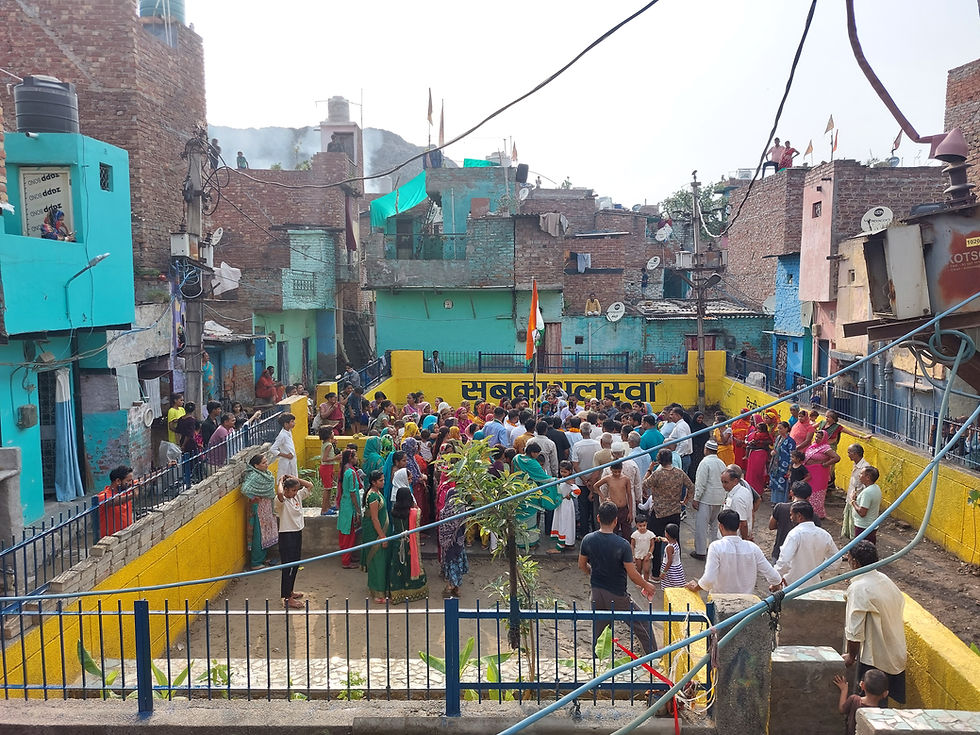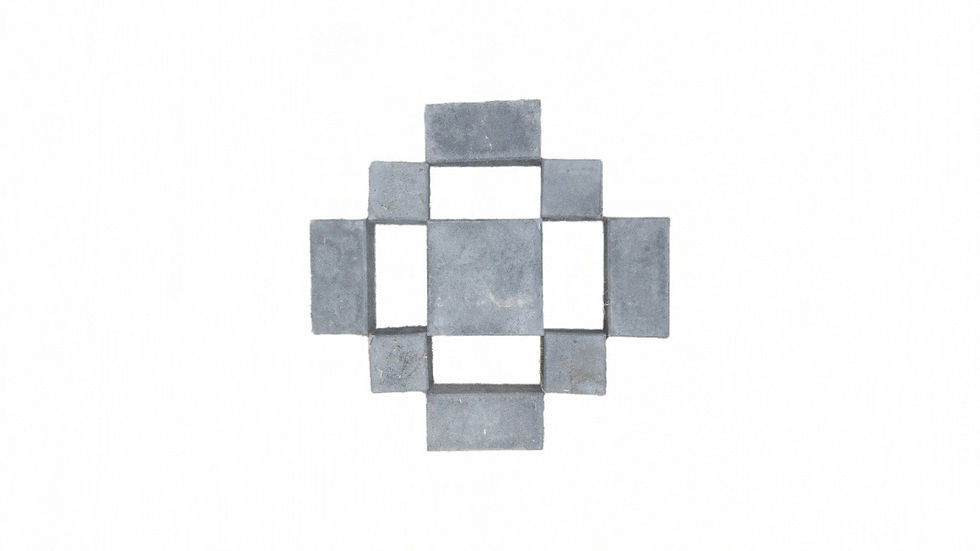Rehabilitating Bhalswa: How In-Situ Rehabilitation Can Transform an Informal Settlement
- Gunraagh Talwar
- Nov 9, 2021
- 1 min read

The issue of public housing in Delhi is complex, with a significant proportion of the population living in slums that lack basic services and adequate housing. While there is a considerable public housing stock developed for the urban poor, it remains unallocated and vacant due to poor management, maintenance, and planning for allocation.
Rehabilitating residents of informal settlements to existing public housing in the Bhalswa area can lead to urban regeneration with better living conditions. This approach can reduce pressure on land and resources while providing sustainable solutions to housing needs.
However, this process requires a comprehensive approach that addresses social and economic factors contributing to poverty and lack of access to housing. This can be achieved by involving the community in planning, design, and management of the housing and providing education, training, and employment opportunities to improve their economic situation.
To develop an action plan for in-situ rehabilitation, the following steps can be included:
Conduct a comprehensive assessment of the informal settlement.
Involve the community in the planning and design process.
Develop a relocation and rehabilitation plan.
Implement the relocation and rehabilitation plan.
Provide education, training, and employment opportunities.
Monitor and evaluate the progress of the rehabilitation.
It is essential to ensure sensitivity to residents' needs and improve their overall well-being throughout the rehabilitation process. Community involvement at every step, from assessment to evaluation, is crucial to make rehabilitation inclusive, effective, and sustainable.



Comments